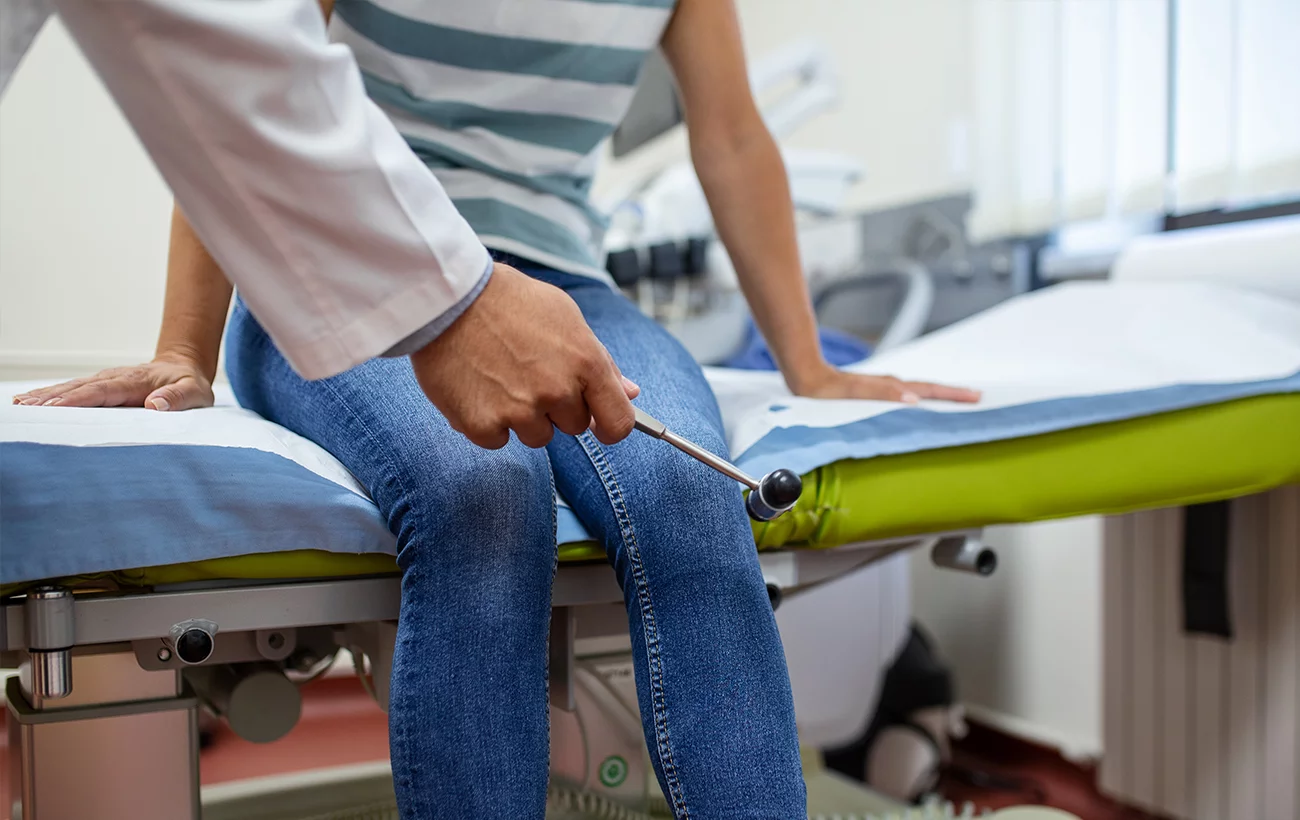What Is Parkinson’s Disease? — Symptoms, Diagnosis & Treatment
 |
| Parkinson’s disease Physiotherapy |
Parkinson’s disease is a degenerative brain condition characterised by progressive, irreversible deterioration of parts of the brain. The disease is age-related and is best known for causing movement disorders, balance problems, tremors, and more. While this condition affects muscle control, it can also cause a range of other effects on your mental health, senses, thinking ability, and more.
The symptoms of Parkinson’s Disease start slowly, and they can be different for every patient. The symptoms include the following:
* Slowed movement (bradykinesia)
* Rhythmic shaking or tremor
* Rigid muscles, or muscle stiffness in any part of the body
* Loss of automatic movement
* Posture and balance problems
* Changes in speech
* Changes in writing
There are also non-motor symptoms that can show years ahead of motor symptoms and have unclear characters. This makes these non-motor symptoms challenging to connect with Parkinson’s Disease.
If you or someone you love have any symptoms associated with Parkinson’s Disease, see your healthcare provider immediately. This is to diagnose your condition and exclude other causes as a possibility for your symptoms.
Diagnosing Parkinson’s Disease is a clinical process. There is no specific test to recognise the exact character of this condition. The diagnosis relies heavily on a review of your signs and symptoms, your medical history, and neurological and physical examination.
The cause or causes of Parkinson’s Disease is unknown, and experts cannot definitely say why they happen. About 10% of cases are generic, meaning they are inherited from one or both parents, and the other 90% are idiopathic, or their cause is unknown. The disease will not cause death, but the effects and symptoms are contributing factors to the patient’s death.
At present, there is no known cure for Parkinson’s Disease. However, there are a few ways of managing the symptoms. The Parkinson’s Disease treatment may vary from patient to patient, depending on the symptoms you show.
Usually, medications, surgery and physiotherapy are used to relieve the condition’s symptoms. The medications that are prescribed for the disease are:
- Medicines that raise the dopamine level in the brain
- Medicines that alter brain chemicals in the body
- Those that help regulate non-motor symptoms
Another option for Parkinson’s Disease treatment is surgery, where a device is implanted to deliver electrical current to a part of the brain. This medical procedure is called deep brain stimulation.
Then there is physiotherapy, which is required for individuals with Parkinson’s Disease. This is an additional treatment method to help with mobility and boost the patient’s independence.
Physiotherapy focuses on transfers, postures and functions of the upper limbs, balance and physical capacity. The treatment may also use cognitive movement, cueing strategies, and exercises to increase or maintain the patient’s level of independence.
Mission Walk is a physiotherapy and rehabilitation centre in India where you can go for physiotherapy treatment. Our physiotherapists target both motor and non-motor symptoms. Physiotherapy is a part of our multi-disciplinary treatment approach, which aims to help those living with the disease by improving their quality of life. This can be achieved by improving their physical capacity and range of movement in their daily activities through walking and manual activities, such as grasping and holding objects.
If you need additional information about Parkinson’s Disease, its causes, symptoms, and treatment, you may contact Mission Walk Physiotherapy and Rehabilitation Centre. You may also request an appointment for purposes of consultation or physiotherapy treatment. They have the best physiotherapists in place specifically for injuries related to different parts, not common ones for all; that’s the best part about Mission Walk, specialized service.


Comments
Post a Comment